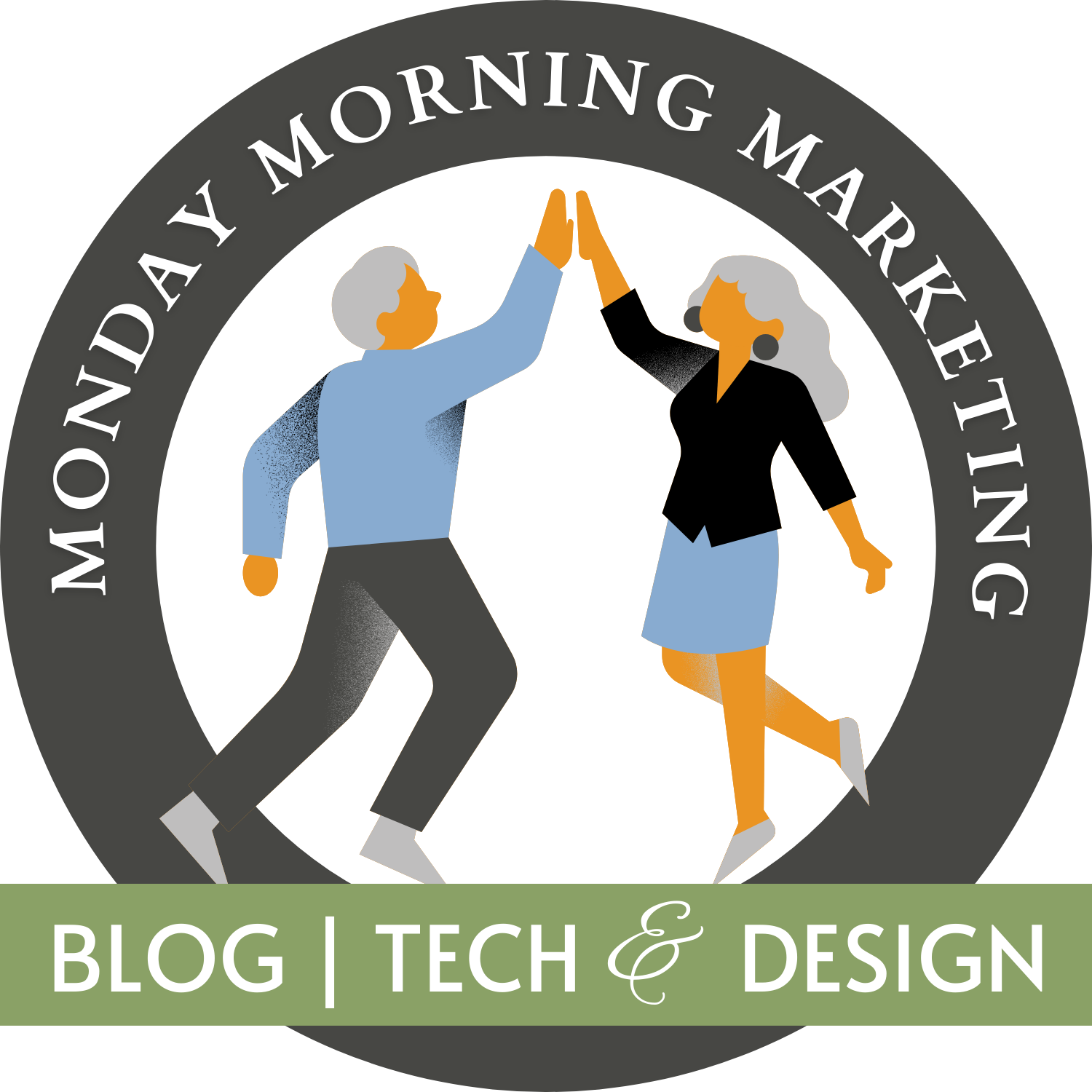
Using Chat-Bots to Market Your Small Business or Practice
Using Chat-Bots to Market Your Small Business or Practice
Have you ever gone to a website to find support and you encounter a little box that pops up usually on the right side, asking if it can help you?
You really wanted to speak to a person or at least submit a support ticket? But you don’t readily see a phone number or a way to fill out a support ticket. So you decide to speak to the little box.
It says, “Hi, I’m ___________. How can I help you today? You find yourself trying to explain politely to the box what you are looking for. Sometimes the little box understands you right away; sometimes it asks you for more information. You try again to politely explain what you need. Now the little box comes back with, “I still don’t understand you. Can you explain more clearly?” Now you’re getting annoyed and are a little less polite. You think, “maybe the little box doesn’t understand being mannerly, so I’ll be more straightforward and use less socially gracious words.” So now, you just speak simply, precisely and clearly. Now you think you will make some progress, but the little box comes back with links to articles that it thinks will help you. So you give up. You just want to speak to a person!!!
But, the little box passes your message on to real support person and lets you know that one of the support team will get back to you. And someone usually does but often it’s not until the next day depending on where they are located.
Pros of Chat-Bots
I’m sure you’ve experienced this scenario so you know what I’m talking about. There are some positive uses for chat-bots, especially when combined with the option to choose how you want to communicate with a business.
Chat-bots are great for quick answers to simple questions.
- They can save time and offer relevant suggestions.
- They are multi-linqual
- Can be accessed over all communication channels; phone, email, messaging apps, and social media.
- They are available 24-7.
- The business owner that opts for a chat-bot on their website has the opportunity identify potential new customers who interact with the chat-bot when you aren’t available.
There are limitations as I pointed out in my opening paragraphs; but chat-bots can be useful to small businesses who don’t have time or office staff to always be available to take a call. Chat-bots help you recognize that someone “out there” has a need for your services which then provides the opportunity for you to follow up on that lead.
When I design websites, I always ask the clients if they would like this form of communication added to their custom website. But, in addition to adding a chat-bot, my recommendations are to make all forms of communication available and easily visible. Adding the chat-bot, the phone number (hyperlinked to make it easy to dial), and a hyperlinked email address (making it easy to email you right on the spot) all in one spot next to each other makes it convenient for the customer to contact you with the method of their choice.
Just this simple addition makes your website user friendly and ready for customers to contact you.





